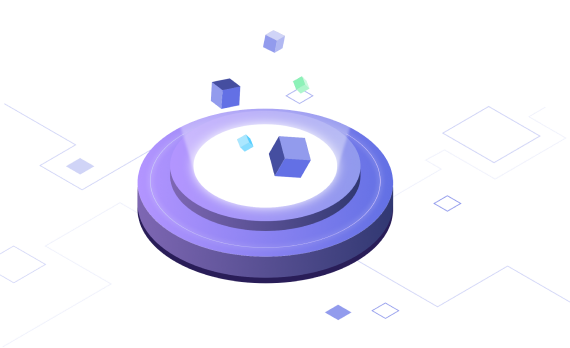Frequently Asked Questions
Below you will find answers to frequently asked questions about Blocknative. If you have additional questions, please join our Discord Community to connect with the team.
General FAQs
Blocknative operates a global network of nodes across several blockchains and provides access to pre-chain data through an easy-to-use API. Blocknative runs multiple client types including Geth, OpenEthereum, and Nethermind nodes. We run our nodes in a variety of configurations to give us maximum resolution of pre-chain data. Our nodes coordinate with each other to maintain unique peering relationships so that we can see as much of the peer-to-peer network as possible. Additionally, our nodes run custom telemetry extensions built to reveal the inner workings of the peer-to-peer network. Finally, we enhance and extend the raw pre-chain payloads to provide value-added services like automatic decoding, support for speedups/cancels, and real-time simulated payloads to reveal the internal transactions and net balance changes of addresses involved.
Learn more about what sets us apart via our Blocknative Advantage page.
Blocknative does not provide direct access to our nodes and you can’t add or run your node alongside our network of nodes. Instead, we offer a familiar, easy-to-use API to receive real-time pre-chain data across Ethereum, Polygon Network, and Gnosis Chain.
Product FAQs
Blocknative supports Ethereum, Polygon Network, and Gnosis Chain.
Blocknative provides multi-chain Transaction Orchestration for Builders and Traders alike. Core web3 developer tool use cases include wallet connection through Web3 Onboard, monitoring user transactions, previewing unsigned transactions to ensure optimal slippage or prevent failed transactions, and providing best-in-class gas fee estimates. Core trader use cases include monitoring the mempool for liquidity pool net balance changes for algorithmic bots and getting best-in-class next-block gas estimation.
To get started, we recommend leveraging Mempool Explorer to better understand best practices for using our pre-chain API. You can author your strategy directly in Mempool Explorer and then download the configuration.json file and sdk-setup.js file to add directly to your application to get started. After that, check out our documentation, YouTube channel, or use the starter code samples on our GitHub for our Javascript SDK and Python SDK.
Yes! Our payload includes everything you need to interact successfully with the Flashbots private relay.
Etherscan reports a block timestamp using the block header's timestamp field. This time is set by the miner when the block is constructed (before actual mining). Note that the miner has some control over this value as it is not cryptographically verified, but there are some constraints. Blocknative reports its detection times in the timestamp field for all transaction status changes and also keeps the pendingTimeStamp field for timing comparison with any subsequent transaction status.
Because the block timestamp is set when the miner starts working on the block, the block timestamp is not a helpful indicator to determine the peer-to-peer network’s latency. Blocknative provides our system’s latency in the field called “e2e latency” which equates to dispatchTimeStamp - timestamp.
You can access our Gas Platform API through our Gas Estimator or our Chrome Gas Extension and Firefox Gas Extension.
We support Type 0 and Type 2 transactions on Ethereum and Polygon. Our transaction payloads only include gasPrice for Type 0 transactions, i.e. transactions that do not use the new gas pricing method of EIP-1559 added to Ethereum in August 2021. Most transactions are now Type 2 which use maxFeePerGas and maxPriorityFeePerGas denominated in wei. We provide equivalent fields denominated in gwei. Check out our Definitive Guide to EIP-1559.
Pricing FAQs
You can begin a new subscription on our pricing page.
If you have an existing paid subscription, you can make changes to your subscription using the customer portal.
Blocknative’s plans deliver real-time notifications based on your priority. Often, several users are watching for the same event, so we deliver that event to the highest priority tier customers first. Priority can make a difference in your latency performance if you are watching something popular like Uniswap, especially during high transaction volume, i.e. network congestion, periods.
Unfortunately, we only offer custom plans for our Leader customers. If you are interested in our tailored pricing options, you can contact our sales team.
You can see the limits on free tier accounts on our pricing page. Additionally, our free tier adds up to 2 seconds of latency.
Our high-availability, low-latency global data platform has unprecedented transaction resolution — powering profit for traders and transparency for builders. Blocknative is the easy way to work with mempool data.
Start For Free
Join the hundreds of projects
that depend on Blocknative.
